Legume (Fabaceae)
American Vetch
Vicia americana Muhl. ex Willd.This climbing prairie perennial spreads via rhizomes, using its willowy tendrils to secure itself to other plants or surfaces. It can fix nitrogen in the soil, and functions to help restore disturbed lands. Indigenous people have used the pods and seeds for food and medicinal purposes. The pea-like flowers are attractive to insects and pollinated mainly by bees, while plants are grazed upon by small and large mammals.
Flower Colour:
- Purple
Flowering Season:
- Spring
- Summer
Flowering Months:
- July
- June
- May
Canadian Rarity Status:
Not rare. Listed as “may be at risk” in Quebec.
Physical Appearance:
A single, hairy stem grows 15-100 cm tall, and is trailing or climbing. The alternate leaves have tendrils at the ends and prominent veins on the undersides. They are divided into 8-18 hairy, linear to oval-shaped leaflets with notched tips. Purple flowers occur in elongated clusters of 3-10. Each flower has one upper banner petal, four smaller petals (wings and keels), and a 5-toothed calyx. Fruits are capsules, containing two or more brown seeds.
Similar Species:
Wild Peavine (Lathyrus venosus Muhl.)
Gardening Notes:
Seeds and/or plants may be available from greenhouses and seed supply companies specializing in native plants. Plants can be propagated by seed.
Canadian Distribution:
- Alberta
- British Columbia
- Manitoba
- Northwest Territories
- Ontario
- Quebec
- Saskatchewan
- Yukon
Prairie Types:
- Fescue Prairie
- Mixed Grass Prairie
- Tall Grass Prairie
Habitats:
- Forest Edges
- Open Woodlands
- Prairies
- Roadsides
- Savannahs
Moisture Conditions:
- Dry
- Moderate
- Moist
Light Preference:
- Full Sun
Soil Preference:
- Acidic
- Loam
- Neutral
- Sand






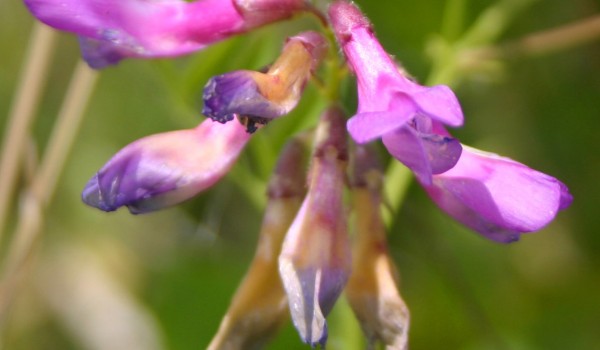
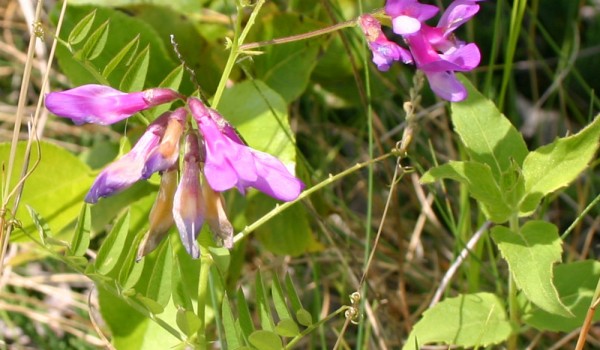
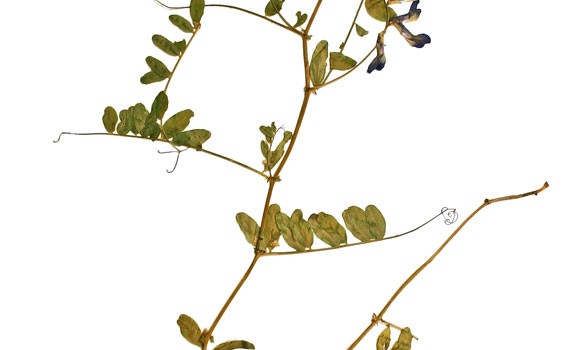
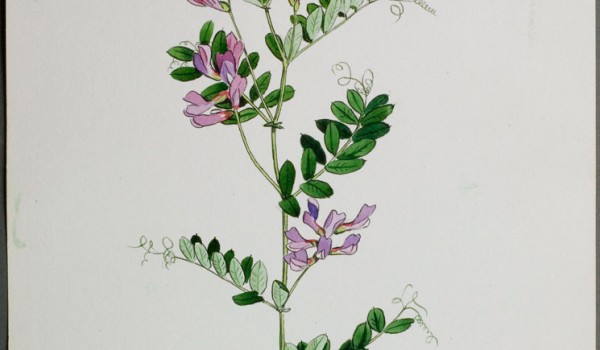
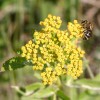 Andrenid Bees, Miner/Digger Bees (
Andrenid Bees, Miner/Digger Bees (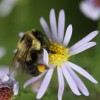 Bumble, Honey, and other Bees (
Bumble, Honey, and other Bees (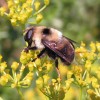 Flower Flies (
Flower Flies (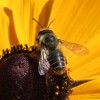 Leafcutter and Mason Bees (
Leafcutter and Mason Bees (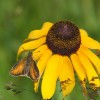 Skippers (
Skippers (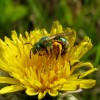 Sweat Bees, Halictid Bees and other Bees (
Sweat Bees, Halictid Bees and other Bees (